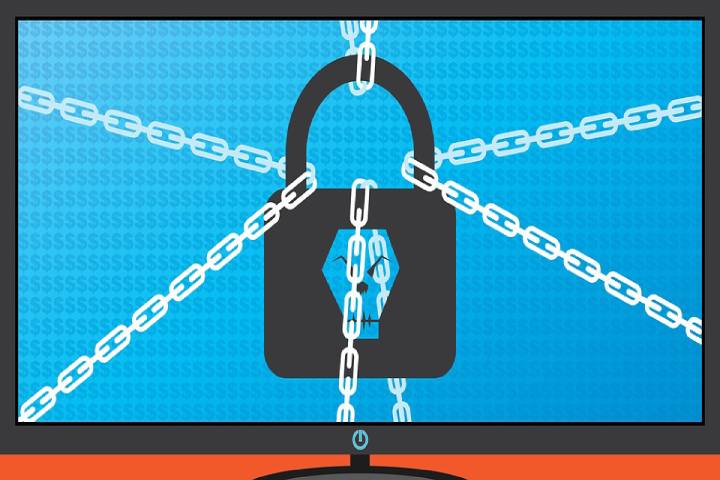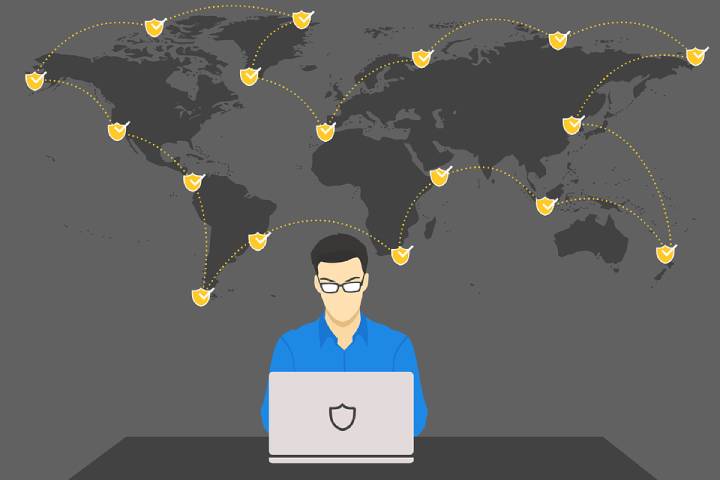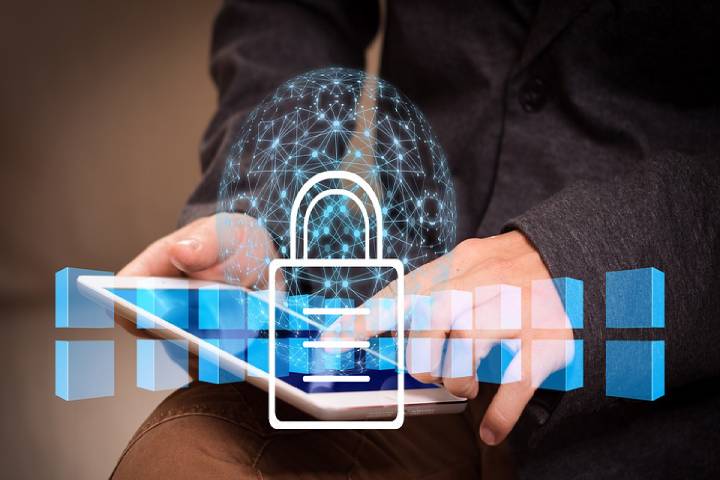From Facebook to CapitalOne, businesses around the world are falling victim to cybercrime. Ever since the internet became a focal point in our daily lives, the threat level has risen consistently. Businesses are the most common target because they have the most to lose from a cyber-attack. In this article, we discuss how companies can minimize the level of threat against them.

Table of Contents
1. The growth of cybercrime
Worldwide annual damages from cyber-attacks stood at $3 trillion in 2014. Today it is twice that. The wide acceptability of the internet and reliance on it have made things easier. Analysts around the world acknowledge that businesses ignored the threat in its nascent stages. Today, cybercriminals can stay a step ahead of everyone thanks to this.

In the last few years, some of the biggest names in every major field, be it finance, telecommunication, transport, or hospitality, have witnessed some form of a data breach. The attackers haven’t spared small or medium size businesses either because of their inability to put expensive cybersecurity infrastructures in place.
2. Common security threats that businesses face

Businesses irrespective of their nature face a constant threat from malicious elements online. Some of these threats include the following:
Ransomware: This past year, the world was made aware of the power of ransomware. As the name indicates, it is a virus that holds system information hostage. The attacker then demands a ransom amount for the release of that information. There is still no available remedy for a system infected with ransomware except to flash it completely,
Malware: The broader term that includes different virus types including ransomware. Some other variants include Trojans, spyware, and other general viruses. Each malware is named after the kind of threat it poses or how it makes its way into the system,
DDoS: A Distributed Denial of Service attack is usually directed that businesses that have to constantly stay online or else they look for money. E-commerce websites are one example. In a DDoS attack, loads of irrelevant traffic are sent to the servers of a website causing it to crash and go offline.
These are just a few types and as time goes on, businesses around the world are experiencing stronger and more comprehensive attacks against their digital infrastructure.
3. Vulnerable elements in a business
A business is a combination of parts working in harmony. Much like a machine, a fault in any part can cause the failure of the whole operation. This is exactly what happens in most cyber-attack cases. According to one report, more than 80% of all hacks in businesses have come as a result of employee negligence. Other breachable elements include low-security parameters and the absence of fail-safe protocols.
It is justifiable that up until a couple of years back, cybercrime was not such a widespread threat. This is the reason even the giants in the business didn’t have adequate measures to stop attacks against their servers. Uber, DHL, and Facebook have all lost data on millions of consumers in separate hacking incidents. These hacks came from a combination of weak cybersecurity and uninformed staff.
4. Some steps to ensure cybersecurity
Businesses face hundreds of dollars in losses from one cybercrime. Estimates suggest that a cyber-attack on average costs about $150,000 to one entity. Almost 60% of small businesses are unable to recover from a data breach and close down within the next five years. It is facts like these that make it imperative for companies to take adequate measures against online threats.
5. Some noteworthy things are:
Employee training: The first step should be addressing the element that is known to be the highest cause for concern. It is not necessary to invest in advanced cybersecurity training. All it takes is to make employees aware of the threats and ask them to avoid these at all costs,
Stepping up the IT game: Having credible software, installing updates regularly, and making regular backups are just a few things that organizations especially small and medium ones should do to stay protected from online threats,
Install relevant tools: Every individual system in a business network should have an antivirus installed that automatically runs check to clean out any looming threats. More importantly, devices in a dedicated cyberspace must VPNs installed. These programs are effective in closing any open windows for attackers to gain entry to a system.
Conclusion
The online threats to businesses are significant and expected to grow even more so in the coming future. It is important that businesses invest resources in training employees and having them use network connections under the protection of a Business VPN. The writer’s recommendation is Ivacy because it checks all the relevant boxes when it comes to comprehensive cybersecurity.
Tech Trends
Related posts
Leave a Reply Cancel reply
Hot Topics
Categories
- Ads (5)
- Animes (25)
- Artificial Intelligence (AI) (35)
- Augmented Reality (AR) (10)
- Automotive (9)
- Bitcoin (16)
- Blockchain (24)
- Business (244)
- Business Intelligence (3)
- Cloud Computing (23)
- Computer (128)
- Concrete Technology (1)
- Cryptocurrency (10)
- Cybersecurity (42)
- Data Science (9)
- Database (4)
- DevOps (6)
- Digital Marketing (76)
- Digital Workplace (14)
- Ecommerce (1)
- Education (28)
- Electric Vehicle (EV) (1)
- Electronics & Hardware (17)
- Entertainment (42)
- Fabrication (3)
- FAQ's (1)
- Finance & Marketing (47)
- Gadgets (35)
- Games (8)
- Gear (29)
- HTTPS (1)
- Industry (46)
- Information Technology (90)
- Internet (413)
- Internet of Things (IoT) (41)
- Job (25)
- Machine Learning (6)
- Marketing (92)
- Mobile Apps (21)
- Movies (11)
- Natural Language Processing (6)
- News & Trends (109)
- Programming (4)
- Science & Technology (235)
- Security (81)
- SEO (56)
- Services (36)
- Social Media (73)
- Software (99)
- Sports (1)
- Technology (306)
- Telecom (6)
- TikTok (5)
- Tours & Travels (9)
- Uncategorized (11)
- Virtual Reality (VR) (7)
- VoIP (4)
- Web Technology (42)
- Workforce (17)
- Workspace (6)



Stay connected